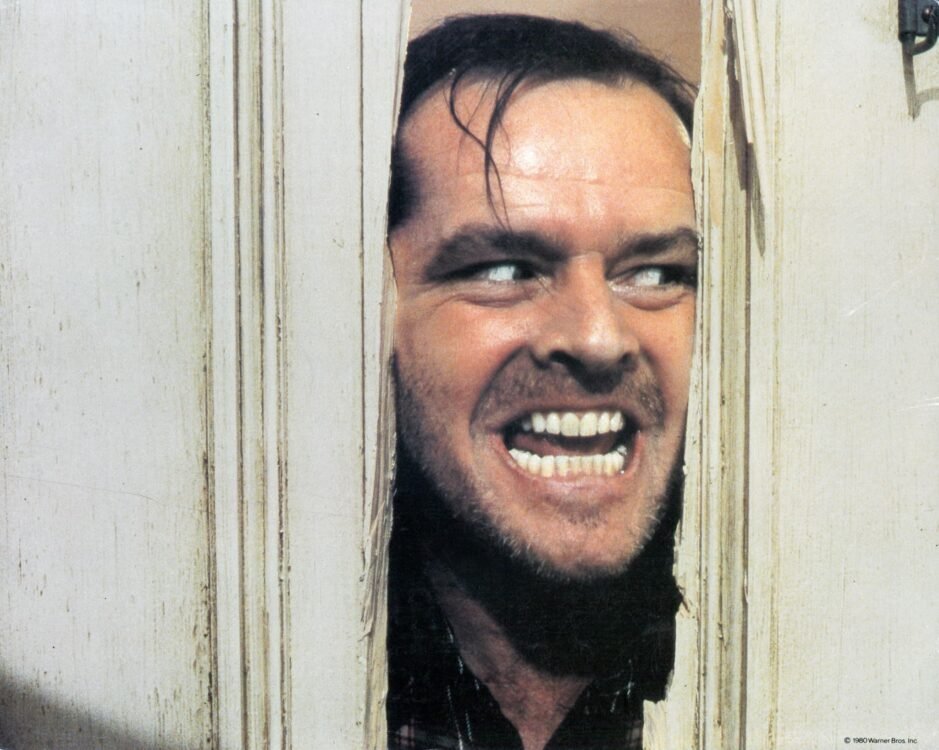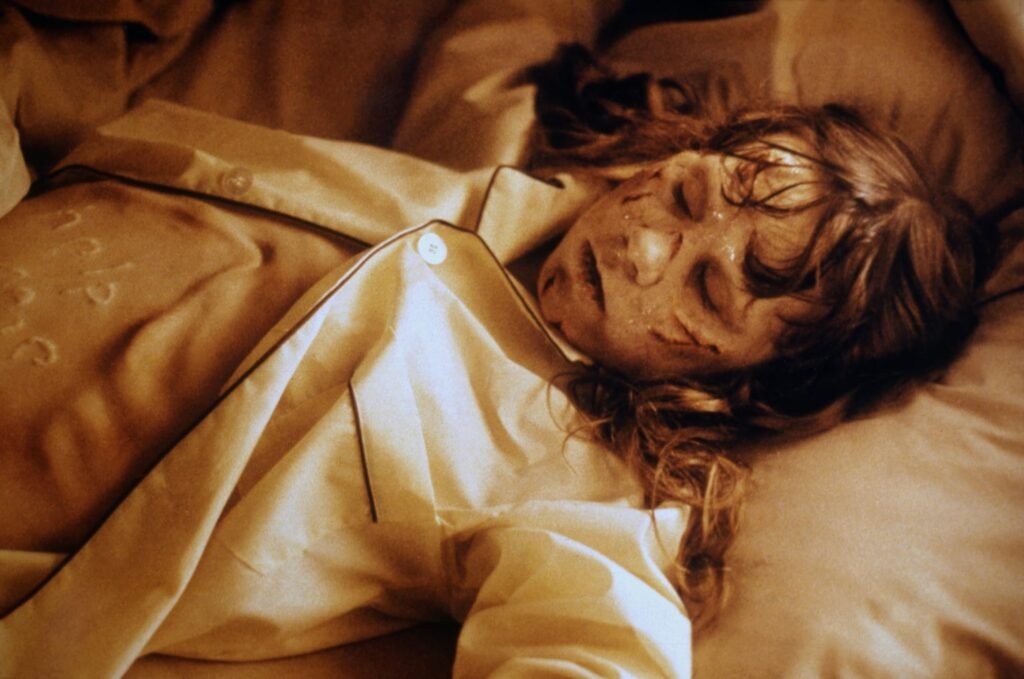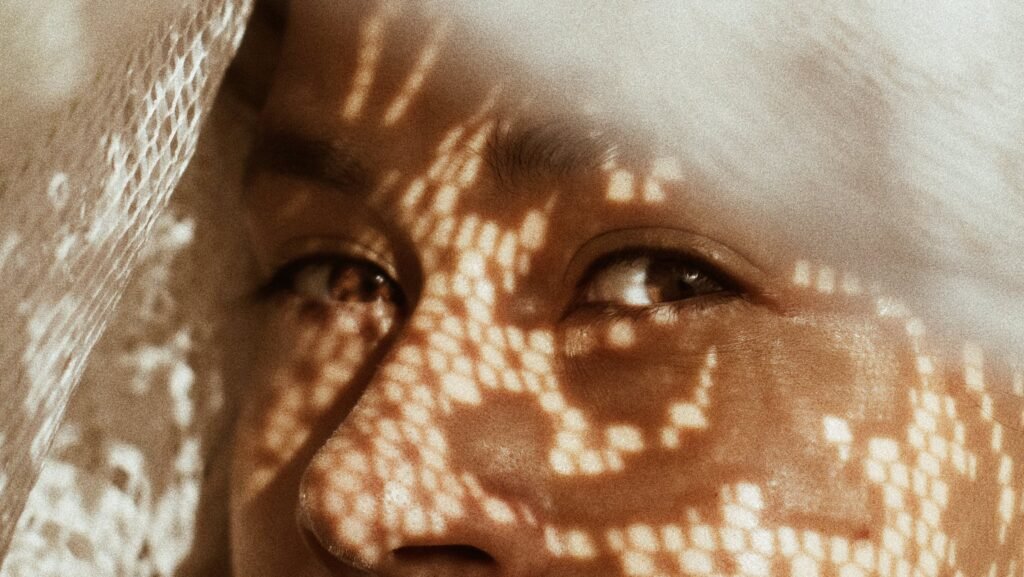Horror cinema has birthed some of the most unforgettable and terrifying characters in film history, crafting nightmares into celluloid.
These characters elicit fear, disgust, and/or horror in the audience by creating scenarios that involve threats, monsters, and/or the supernatural.
They are also defined by their design, performance, backstory, and impact. This article delves deep into the abyss of horror, unearthing the legends that have haunted our screens and our dreams.

The Architects of Fear: Crafting Horror’s Most Iconic Characters
What makes a horror character iconic? According to film scholar Adam Rockoff, there are four main factors: design, performance, backstory, and impact.
A horror icon must have a distinctive and memorable appearance, a compelling and convincing portrayal by the actor, a rich and intriguing origin story, and a lasting and influential effect on the genre and culture.
Based on these criteria, we have selected some of the most iconic horror characters of all time and explored their creation and legacy.
The Reigning King of Horror: Jack Torrance

Jack Torrance, from Stanley Kubrick’s “The Shining,” stands as a towering figure in horror lore.
Jack Nicholson’s portrayal of a man spiralling into madness is not just a performance; it’s a masterclass in horror acting.
The character’s complexity and Nicholson’s intense delivery make Torrance a figure of terror and fascination.
Jack Torrance is a struggling writer and recovering alcoholic who takes a job as the winter caretaker of the isolated Overlook Hotel.
He hopes to use the solitude to finish his novel and reconnect with his wife and son.
However, the hotel has a dark history and a malevolent influence that slowly drives Jack insane.
He becomes obsessed with the hotel’s secrets and turns violent against his family.
The character was based on the protagonist of Stephen King’s novel of the same name, which was inspired by King’s own experience of staying at a haunted hotel in Colorado.
However, Kubrick made significant changes to the character, making him less sympathetic and more menacing.
Kubrick also downplayed the supernatural elements of the story and focused more on the psychological aspects.
Nicholson also added his own touch to the role, improvising some of the most iconic lines and expressions in the film, such as “Heeeere’s Johnny!” and the maniacal grin.
Jack Torrance is widely regarded as one of the greatest horror villains of all time and one of Nicholson’s best performances.
He has been ranked among the top 10 villains by the American Film Institute and among the top 50 horror movie characters by Empire magazine.
He has also influenced many other horror characters, such as Jack’s son Danny in the sequel Doctor Sleep, which was written by King as a response to Kubrick’s adaptation, and the Joker in The Dark Knight, which also starred Nicholson.
The Embodiment of Terror: Regan MacNeil

In “The Exorcist,” Regan MacNeil’s transformation from an innocent child to a vessel of unspeakable evil is the stuff of cinematic legend.
The performance by Linda Blair, combined with groundbreaking special effects, created a character that epitomises the very essence of horror.
Regan MacNeil is a 12-year-old girl who lives with her actress mother in Georgetown, Washington, D.C.
She begins to exhibit strange and disturbing behaviour, such as speaking in tongues, levitating, and vomiting green slime.
Her mother seeks medical and psychiatric help, but to no avail. She eventually turns to two Catholic priests, who diagnose Regan as being possessed by a demonic entity and perform an exorcism.
The character of Regan MacNeil was based on the novel by William Peter Blatty, which was inspired by a real-life case of alleged demonic possession in 1949.
The film adaptation, directed by William Friedkin, was a huge success, becoming the highest-grossing horror film of all time until 2017.
It also received critical acclaim, earning 10 Academy Award nominations, including Best Picture and Best Actress for Blair, and winning two Oscars for Best Adapted Screenplay and Best Sound Mixing.
Regan MacNeil is widely regarded as one of the scariest horror characters of all time and one of the most iconic images of the genre.
She has been ranked among the top 10 horror movie characters by Empire magazine and among the top 50 villains by the American Film Institute.
She has also influenced many other horror characters, such as Samara in The Ring, Esther in Orphan, and the demon Valak in The Conjuring 2 and The Nun.
A Gallery of Nightmares: From Supernatural to Psychotic
Horror movies present a spectrum of characters, ranging from supernatural entities like the demonic doll Annabelle to human psychopaths like Norman Bates in “Psycho.”
Each character, whether it’s the shape-shifting Pennywise from “It” or the relentless Michael Myers from “Halloween,” brings a unique flavour of fear.
Some of the most iconic horror characters are those that defy the laws of nature and reality, such as ghosts, vampires, zombies, werewolves, and aliens.
These characters tap into our primal fears of the unknown, the unnatural, and the uncontrollable.
They are often based on folklore, mythology, or religion and have powers or abilities that defy logic or science.
Some examples of these characters are:
- Dracula, the aristocratic vampire who preys on the living, from Bram Stoker’s novel and various film adaptations.
- Frankenstein’s monster, the reanimated corpse who seeks acceptance and revenge, from Mary Shelley’s novel and various film adaptations.
- The Mummy, the ancient Egyptian curse who rises from the dead, from Universal’s classic film series and its modern reboot.
- The Wolf Man, the cursed man who transforms into a beast during the full moon, from Universal’s classic film series and its modern remake.
- The Creature from the Black Lagoon, the amphibious humanoid who terrorises a scientific expedition, from Universal’s classic film series.
- The Alien, the extraterrestrial parasite who hunts and infects humans, from Ridley Scott’s sci-fi horror franchise.
- The Thing, the shape-shifting organism who assimilates and imitates other life forms, from John Carpenter’s sci-fi horror film.
- Freddy Krueger, the burned and scarred killer who invades people’s dreams, from Wes Craven’s A Nightmare on Elm Street franchise.
- Jason Voorhees, the masked and undead slasher who stalks and kills campers, from Sean S. Cunningham’s Friday the 13th franchise.
- Chucky, the possessed doll who murders and cracks jokes, from Tom Holland’s Child’s Play franchise.
- The Candyman, the hook-handed ghost who appears when his name is said five times, from Bernard Rose’s film based on Clive Barker’s story.
- The Blair Witch, the unseen and mysterious force who torments a group of filmmakers, from Daniel Myrick and Eduardo Sánchez’s found footage film.
- Samara, the vengeful ghost who kills people seven days after they watch her cursed video, from Gore Verbinski’s remake of Hideo Nakata’s Japanese film.
- Jigsaw, the terminally ill mastermind who traps people in elaborate and deadly games, from James Wan’s Saw franchise.
- Annabelle, the haunted doll who unleashes evil spirits, from James Wan’s The Conjuring franchise and its spinoffs.
- Pennywise, the clown-like manifestation of an ancient evil who feeds on children’s fears, from Andy Muschietti’s adaptation of Stephen King’s novel.
Some of the most iconic horror characters are those that are human, or at least appear to be, but are driven by madness, obsession, or evil.
These characters tap into our fears of the dark side of humanity, the potential for violence and cruelty, and the loss of sanity and morality.
They are often based on real-life criminals, mental disorders, or social issues and have motives or methods that are realistic or plausible.
Some examples of these characters are:
- Norman Bates, the motel owner who suffers from a split personality and a mother complex, from Alfred Hitchcock’s adaptation of Robert Bloch’s novel.
- Leatherface, the chainsaw-wielding cannibal who wears human skin as a mask, from Tobe Hooper’s The Texas Chain Saw Massacre franchise.
- Michael Myers, the silent and masked killer who escapes from a mental institution and stalks his sister, from John Carpenter’s Halloween franchise.
- Hannibal Lecter, the brilliant and cultured psychiatrist who is also a cannibalistic serial killer, from Jonathan Demme’s adaptation of Thomas Harris’ novel.
- Annie Wilkes, the obsessed and psychotic fan who kidnaps and tortures her favourite author, from Rob Reiner’s adaptation of Stephen King’s novel.
- Patrick Bateman, the wealthy and narcissistic investment banker who is also a sadistic and delusional murderer, from Mary Harron’s adaptation of Bret Easton Ellis’ novel.
- Kevin Wendell Crumb, the man with 24 different personalities, one of which is a superhuman beast, from M. Night Shyamalan’s Split and Glass.
- Carrie White, the bullied and abused teenager who unleashes her telekinetic powers, from Brian De Palma’s adaptation of Stephen King’s novel.
- Pinhead, the leader of the Cenobites, a group of mutilated and sadomasochistic beings who offer pain and pleasure, from Clive Barker’s Hellraiser franchise.
- Sadako, the cursed and vengeful ghost who emerges from a well and a TV screen, from Hideo Nakata’s adaptation of Koji Suzuki’s novel.
Evolution of Horror: From Gothic Shadows to Modern Terror
The journey of horror characters through the ages reflects the evolution of our fears and societal anxieties.
Early horror films often relied on gothic tropes and supernatural elements, while modern horror has shifted towards psychological terror and realism, mirroring contemporary fears.
According to film scholar Noel Carroll, horror is a genre of fiction that elicits fear, disgust, and/or horror in the audience by creating scenarios that involve threats, monsters, and/or the supernatural.
Horror characters are the agents of these scenarios, the sources of fear and horror for the characters and the viewers.
Horror characters have evolved over time, reflecting the changing tastes, technologies, and anxieties of society and culture.
One of the earliest forms of horror cinema was gothic horror, which originated from the literary genre of the same name.
Gothic horror films often featured settings such as castles, crypts, and cemeteries and characters such as vampires, werewolves, and ghosts.
These films drew inspiration from the works of authors such as Bram Stoker, Mary Shelley, and Edgar Allan Poe, as well as from the folklore and myths of various cultures.

Some of the most influential gothic horror films were produced by Universal Studios in the 1930s and 1940s, such as Dracula, Frankenstein, The Mummy, The Wolf Man, and The Creature from the Black Lagoon.
These films established some of the most iconic horror characters and their visual designs, such as Dracula’s cape and fangs, Frankenstein’s monster’s bolts and scars, and the Wolf Man’s fur and claws.
Another form of horror cinema that emerged in the 1950s and 1960s was sci-fi horror, which combined elements of science fiction and horror.
Sci-fi horror films often featured characters such as aliens, mutants, and zombies and explored themes such as nuclear war, space exploration, and genetic engineering.
These films reflected the fears and anxieties of the Cold War era, as well as the fascination and curiosity with the scientific and technological advancements of the time.
Some of the most influential sci-fi horror films were The Thing from Another World, Invasion of the Body Snatchers, The Fly, Night of the Living Dead, and Alien.
These films introduced some of the most terrifying and innovative horror characters and their special effects, such as the Thing’s shape-shifting abilities, the Body Snatchers’ pod people, the Fly’s grotesque transformation, the Zombie’s flesh-eating hunger, and the Alien’s chest-bursting birth.
A form of horror cinema that dominated the 1970s and 1980s was the slasher film, which focused on characters such as serial killers, psychopaths, and masked murderers who stalked and killed their victims, often in graphic and violent ways.
Slasher films often featured young and attractive protagonists, usually female, who were the sole survivors of the killer’s rampage.
These films exploited the fears and anxieties of the youth culture, as well as the moral panic and social unrest of the time.
Some of the most influential slasher films were Psycho, The Texas Chain Saw Massacre, Halloween, Friday the 13th, A Nightmare on Elm Street, and Scream.
These films created some of the most iconic and recognisable horror characters and their weapons, such as Norman Bates’ knife, Leatherface’s chainsaw, Michael Myers’ mask, Jason Voorhees’ machete, Freddy Krueger’s glove, and Ghostface’s voice.
A form of horror cinema that emerged in the 1990s and 2000s was psychological horror, which focused on characters such as ghosts, demons, and possessed individuals who tormented their victims, often in subtle and insidious ways.
Psychological horror films often relied on atmosphere, suspense, and ambiguity rather than gore, violence, and jump scares.
These films reflected the fears and anxieties of the postmodern era, as well as the influence of Asian and European horror cinema.
Some of the most influential psychological horror films were The Sixth Sense, The Ring, The Others, The Exorcism of Emily Rose, The Orphanage, and The Conjuring.
These films revived and reinvented some of the classic horror characters and their tropes, such as the Sixth Sense’s twist ending, the Ring’s cursed video, the Others’ haunted house, the Exorcism’s possession, the Orphanage’s missing children, and the Conjuring’s demonic doll.
Some of the recent trends or subgenres in horror cinema are found footage, which uses the style of documentary or amateur video to create a sense of realism and immersion, such as The Blair Witch Project, Paranormal Activity, or Cloverfield, torture porn, which uses graphic and sadistic violence to shock and disgust the audience, such as Saw, Hostel, or The Human Centipede, zombie comedy, which uses humor and satire to subvert or mock the conventions of the zombie genre, such as Shaun of the Dead, Zombieland, or Warm Bodies, and paranormal activity, which uses supernatural phenomena such as ghosts, demons, or poltergeists to create suspense and terror, such as The Conjuring, Insidious, or Sinister.
The Apex of Horror Cinema
Identifying the top horror movie is a subjective endeavor. However, films like “The Shining” and “The Exorcist” frequently top the lists, not just for their memorable characters but for their innovative storytelling and enduring impact on the horror genre.
There are other horror movies that are widely regarded as classics or masterpieces, such as Psycho, The Texas Chain Saw Massacre, The Silence of the Lambs, The Sixth Sense, or The Ring, among others.
These films have also created memorable and iconic horror characters and contributed to the development and diversity of the horror genre.
However, The Shining and The Exorcist stand out for their artistic vision, cultural significance, and lasting legacy.
Conclusion
The characters that populate horror films are as diverse and complex as the genre itself.
They are a mirror to our darkest fears and a testament to the power of storytelling.
As horror continues to evolve, so too will its pantheon of characters, ensuring that the shadows will always have something new to reveal.
You might also like:


